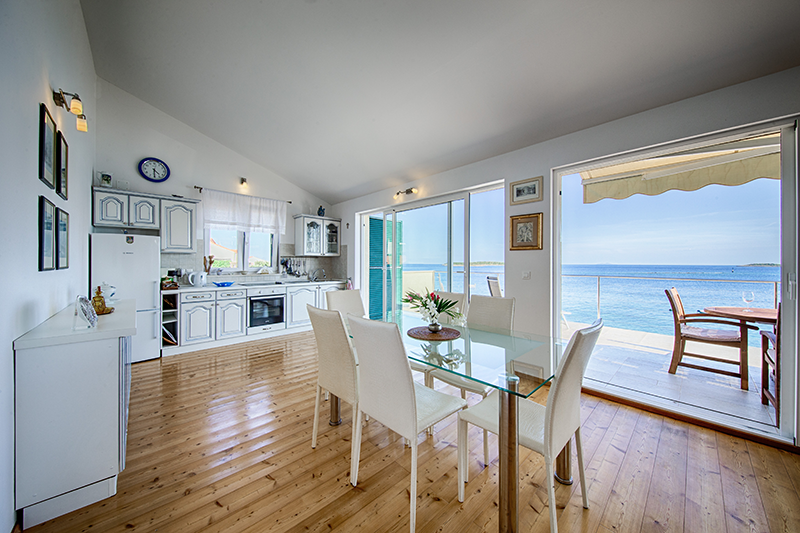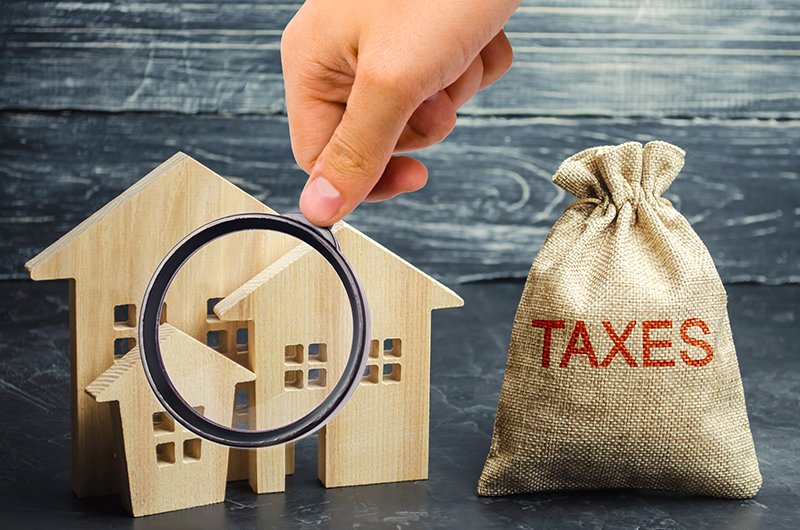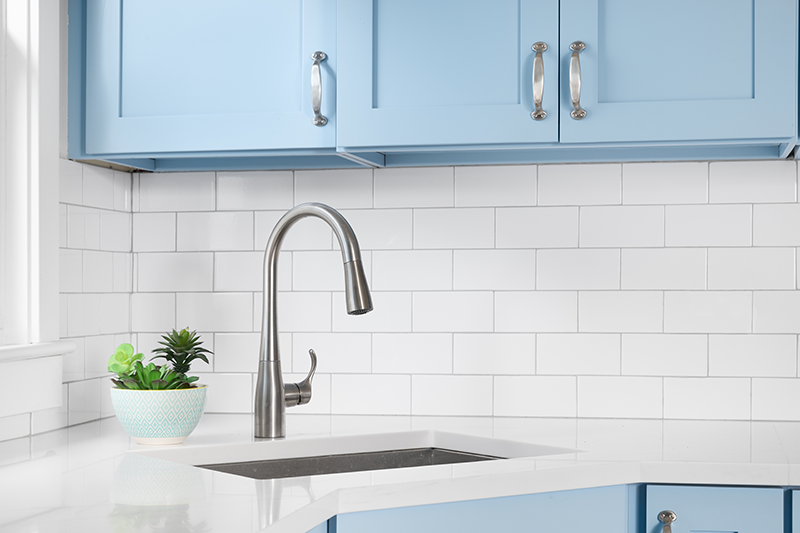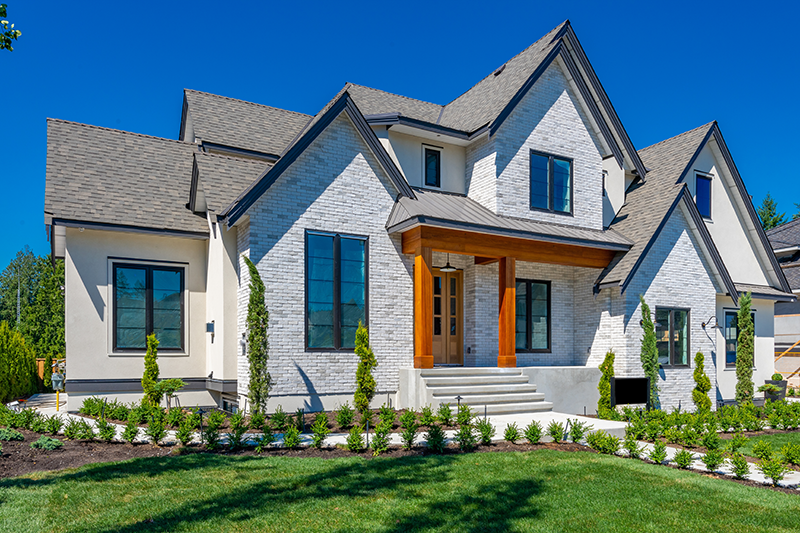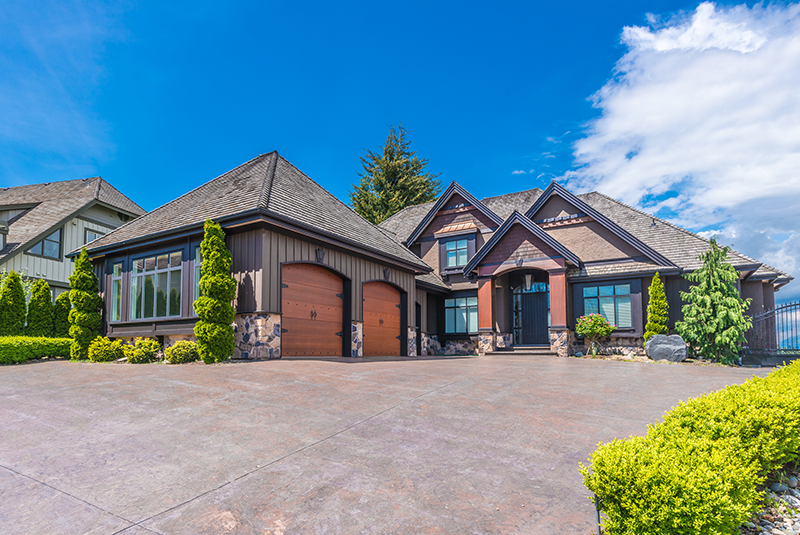Luxury Bathroom Trends for 2024


The luxury homeowner’s bathroom for 2024 is more than a spa-like retreat where sumptuous comfort is paramount. It’s a step back in time to a calmer, more natural world that comes alive with a touch of 70’s boho chic.
According to the National Kitchen and Bath Association, many of the colors, textures, and sustainable materials that were popular in the 1970s are getting renewed attention for their timeless appeal, including warm treetop and fernlike greens, teak and other natural woods, and woven textures of linen, hemp, and cotton. The trick is to incorporate these elements with modern aesthetics, including minimalism, universal design principles, and personalization.
Water closets: A room within a room, the “toilet room” can be closed off with a door, screen or cabinet for privacy. It can also include a one-person sink and storage for paper supplies.
Curbless showers: With the shower floor flush with the rest of the bathroom, spraying water is kept in check with a subtle cascading drain and strategically placed open glass door. Enhance the look and safety underfoot with a pebbled stone tile.
Unique focal points: Personalize the bath with something hand-crafted—a one-of-a-kind antique chest, rattan vanity stool, or a fine hand-knotted tribal rug from Asia. Handsomely framed mirrors should be backlit and all lights should be dimmable.
Concierge features: Make coffee or a cold drink at a built-in bar complete with a mini fridge.
New-old colors: Choose colors that have warm yellow-gold undertones, including greens, yellows, and ochre.




